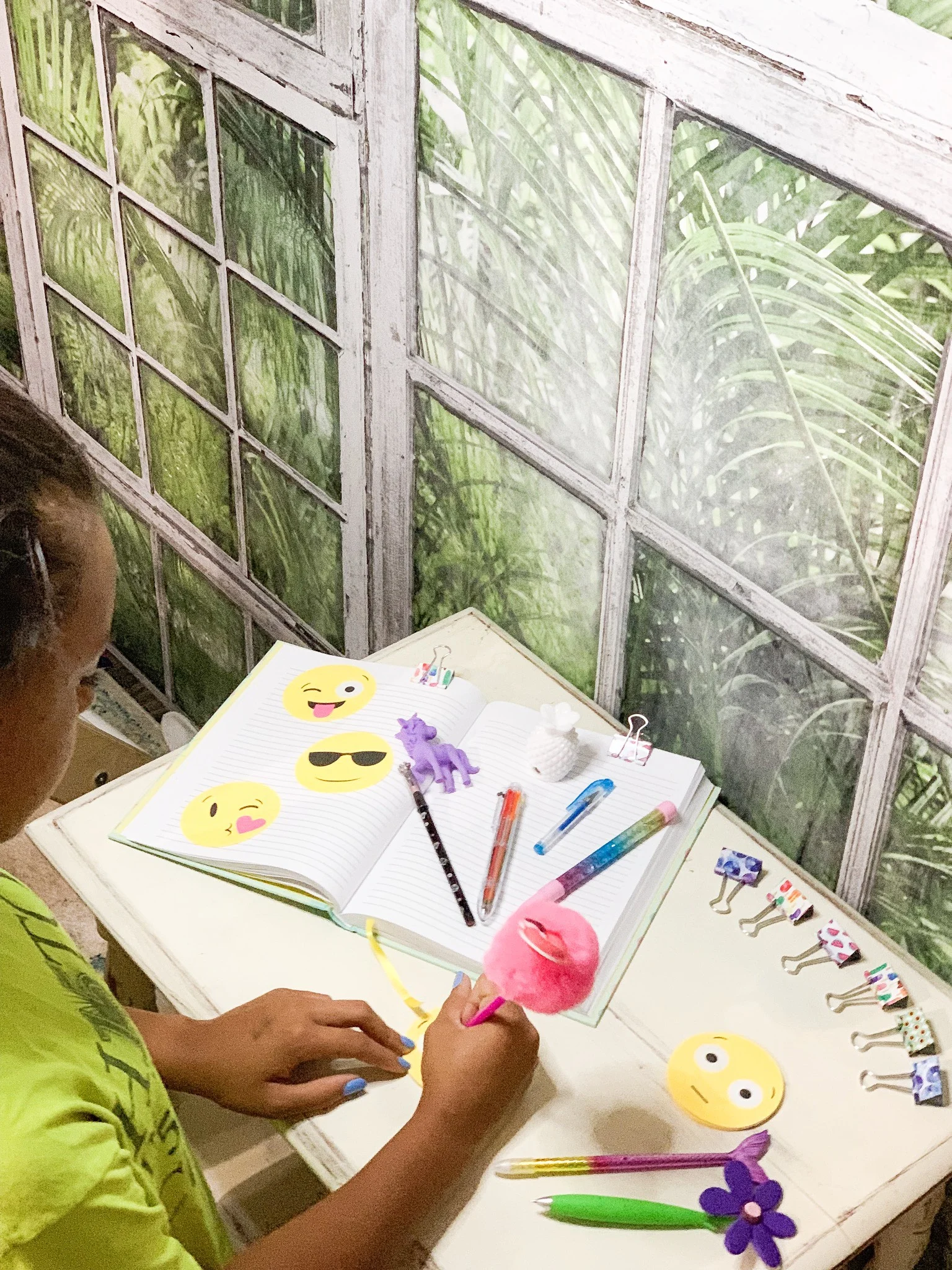How To Make a Sourdough Starter + A Recipe For Minimalists I Hill Country Homestead
Making a sourdough starter can be intimidating, but can be easy. A sourdough starter is a colony of healthy bacteria and wild yeast's, and it is the original method of rising and leavening bread. Before commercial yeast came to be in tiny little packets on the grocery store shelves a sourdough starter was the only way to go. The process takes longer than yeasted breads and for good reason. When a sourdough starter is used, and the dough is left to ferment for long periods, the process of fermentation is breaking down the wheat gluten's and digesting them. When the process of bread making is sped up with instant yeast, all the gluten remains in the final product and, over time, has led to widespread gluten allergies and sensitivities. People with mild gluten allergies can enjoy sourdough bread because the healthy bacterias have already done the work via the sourdough starter. This does not apply to individuals with severe gluten allergies or celiacs.
Keeping a sourdough starter on your counter takes a little bit of effort and a little bit of brainpower once daily. That's not too much to ask, right? Some people get overwhelmed and intimidated by the idea, but with a bit of practice, it can become routine just like anything else. You feed a child or pets many times a day; you feed a sourdough starter once a day. Once it's established and healthy, you can even get away with skipping a few days. If your still not convinced, or don’t have the time, you can pick up a portion of my aged starter in our homestead store. If you are ready to get started here are the most basic instructions I could come up with...
Basic Sourdough Starter
What you will need:
Large Rubber Band
Water
Wooden Spoon
What to do:
First Day
Put a timer on your phone for a daily reminder to feed your sourdough ;)
Measure 100 grams flour, pour it into sourdough jar
Measure 100 grams of water, pour it into sourdough jar, Mix well with wooden spoon
You can also use a measuring cup (i you don’t have a scale) and add a half cup of flour and half cup of water if you don’t mind being less precise. Everything will still work!
Mix together, Cover with cloth (I use old muslin swaddle blankets) place rubber band to hold cloth
Second Day
When you go to feed the next day you will remove half the starter FIRST with a small measuring cup, throw this away, then feed with flour and water
For the Next 5 Days
Feed according to instructions above (removing half and then feeding water and flour) on a daily basis for 5 days
On day 7 there should be enough bacteria and starter to make sourdough bread!
For Baking, Maintenance and, Storage
Whenever you are ready to bake feed the sourdough starter 100 grams of flour and 100 grams of water (or half a cup of water and half a cup of flour) 4 hours prior to mixing the dough. Repeat the process of removing and feeding daily if you choose to store your starter on the counter. Discarded starter makes great pancakes and muffins. Once the starter is established you do not have to throw the discard in the trash unless you really want to, it can be use in a non- bread recipe (pancakes/muffins).
Unless you plan to bake every day, you will want to store your starter in the fridge and take it out to feed it once a week and a day before you plan to bake to give it time to 'wake up' with a feeding.
You can adjust the grams or cups of flour and water for feeding based on how much starter you will need for a recipe once it's established. If you need more, bump it up to 300 grams of water and 300 grams of flour. I feed my starter thousands of grams per day, but I'm pumping out 40 loaves a day sometimes. The general rule with a healthy starter is that it should be ready at a minimum of 4 hours from the time of feeding, so you do need to plan a bit for baking day.
You will be able to tell the health of the starter by the starter itself rising in the jar, rising in the jar=bread rising in the pan. Happy Baking!! Any questions? Leave them below!
-Jessica
This post contains affiliate links and when you click on them I may earn a small commission so Thanks!







